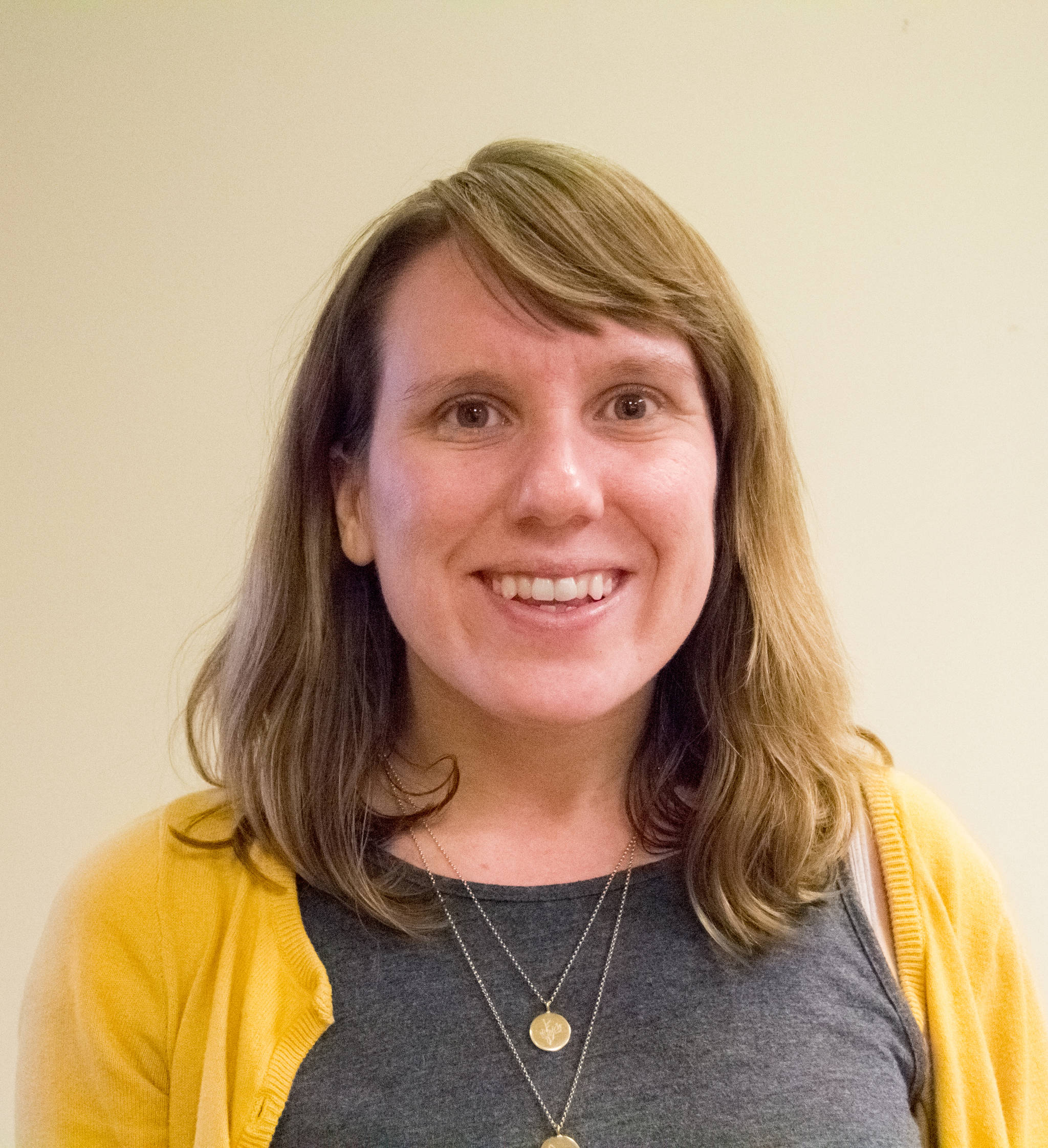Orcas Island waterfront property was once cheap. Why? Because no one wanted land that couldn’t be farmed.
Facts like this and more await every visitor to the Orcas Island Historical Museum, a place where families piece together ancestry, where memories are visited and archived and where island history comes alive, one postcard, one photograph and one letter at a time.
Comprised of six homestead cabins, each named after the original family that called it home 100 years ago, the museum was born in 1951 as the Orcas Island Historical Society. The first white settlers in Eastsound were comprised of the Shattuck family, and it was at their home where volunteers initially met. The Shattuck home is the site of today’s museum. Those early volunteers are also responsible for one of the island’s most enduring traditions, according to Brittany Maruska, the museum’s executive director.
“The annual Fourth of July parade was originally known as a History Parade,” she explained in a March 15 presentation to a group of Orcas Island Rotarians and their guests. “And because of those efforts, the museum was able to grow from a porch to a collection of six cabins, each named after one of the island’s early families, and each over 100 years old.”
Maruska, who has held the director’s position for three years, has overseen an aggressive program of awareness, accessibility and accrual.
“Orcas Voices remains one of the museum’s most enduring programs. The program was started in the 1950s when a University of Washington linguistics professor wondered if early Orcas residents spoke differently,” she explained. “Recordings, videos and stories by early island settlers provide firsthand accounts of life on the Rock, with much of it recently digitized for easier access.”
A staff of 1.5 – the museum has a part-time bookkeeper – and 80-plus volunteers keep the museum humming and accommodating the thousands of visitors that explore the facility each year. In 2018 alone, 12,000 people signed the guest book, a significant increase from previous years, an increase that may have been due to dropping the price of admission to a donation, according to Maruska.
With strong community support, the museum’s programming covers a wide array of interests. Programs like History Matinees, the Heritage Fruit Project and (the seasonal) Spooky Tales offer the Orcas community and its visitors a tangible connection to the past. From the Crow Valley School House, permanent displays and temporary ones, like the current Patos Island Lighthouse Exhibit, the museums provide context to contemporary life on the island.
Looking ahead, Maruska would like to see more collaboration between the museums on sister San Juan islands, organizations and community groups.
“We’re also looking for curators and for ideas,” she said, noting that museums are becoming less ivory tower and more community centered.
“Through collaborative efforts, we can widen our scope of offerings and become even more inclusive.”
The Eastsound museum is open 11 months of the year, from noon to 3 p.m., Wednesday through Saturday. The Crow Valley School Museum is open from Memorial Day to Labor Day, Thursday through Sunday, 10 a.m. to 3 p.m., or by appointment.
Learn more about the museums’ events and opportunities at www.orcasmuseums.org or drop in. When you do, be sure to ask about the island’s bison population.
Upcoming events
Closing reception: Patos Island Lighthouse Exhibit, Thursday, March 28, 4 – 6 p.m.
History Matinee: “Hawaii in the San Juans at the time of the Pig War,” Sunday, March 31, 3-4 p.m. at the Eastsound Fire Hall. No charge.
Performance: “Vintage Vows,” a recreation of the 1916 wedding of early settlers Bill and Edith McLachlan at Orcas Center, May 11, 3-6 p.m.
To learn more about these events, call the museum at 360-376-4849




